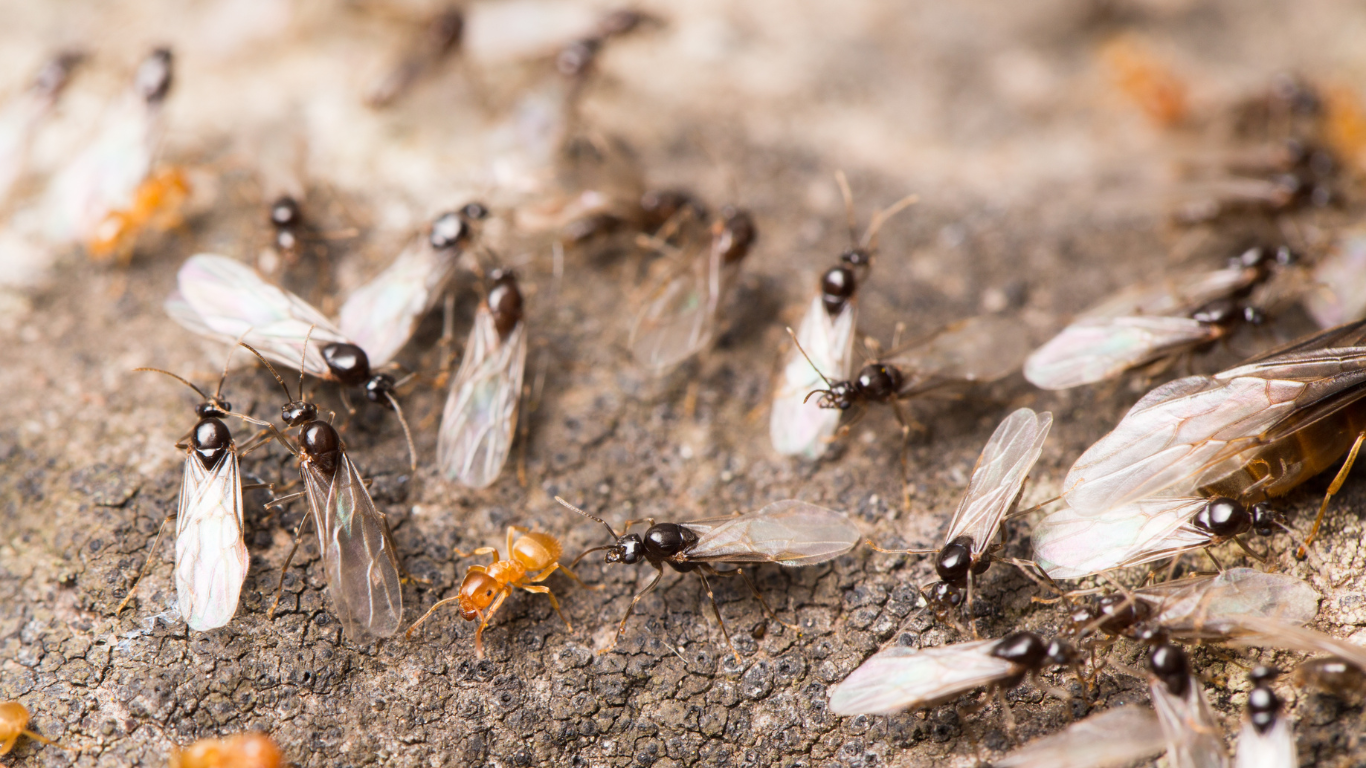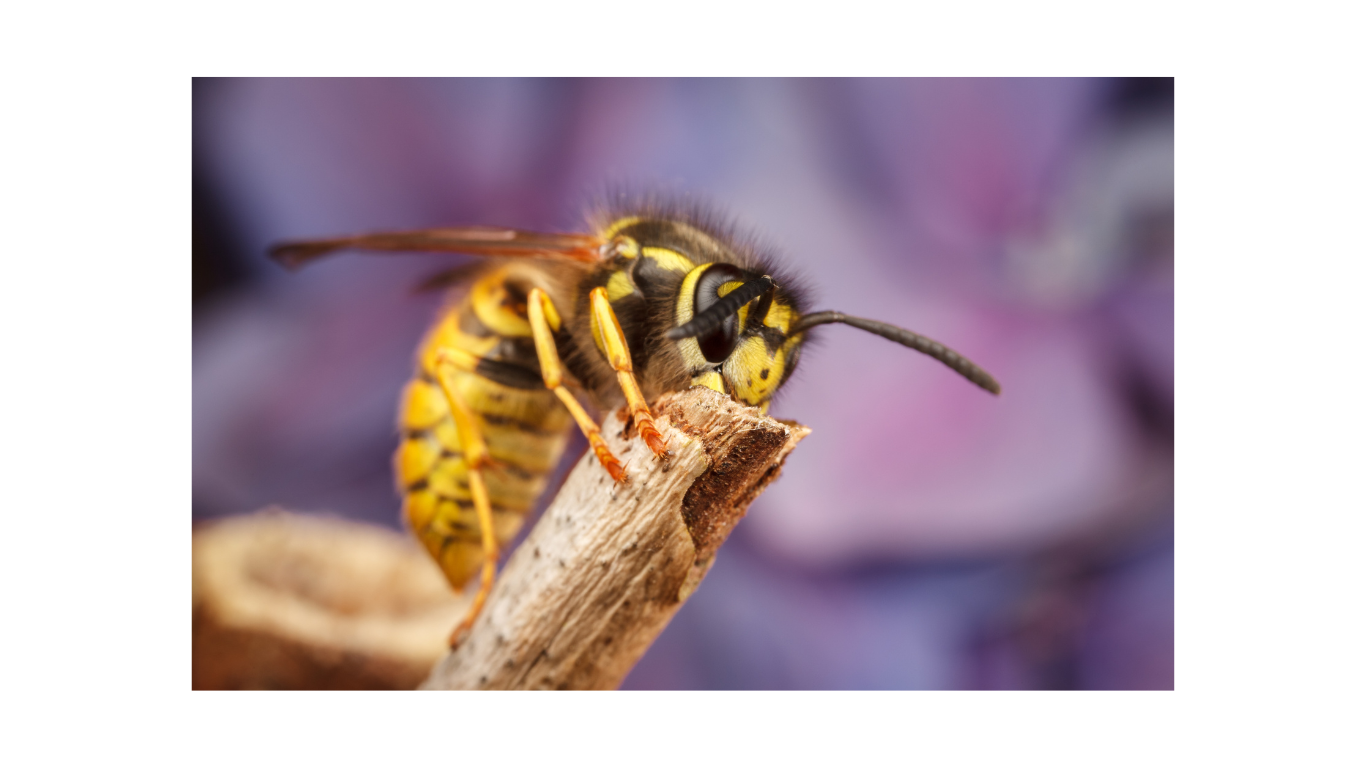Library of some of the pests we resolve
Locally Owned & Operated
All of our staff are trained professionals who care about each and every customer. We service with a smile!
Best technology
We use cutting edge technologies and tools to ensure you get accurate results, quickly. We never stop training, researching, and improving to offer nothing but the best.
Qualified Pest Technicians
The pest control technicians we employ live locally and are experts in the pest control field and give you top quality results & service.
Emergency Pest Control
We provide an extensive range of emergency pest control services, including general pest, wildlife removal, bedbug, roach, and commercial service. Whether it is for your home, business, or rental including Air B&B pest control service.
Book Your Service
Leave us a message to get started!














